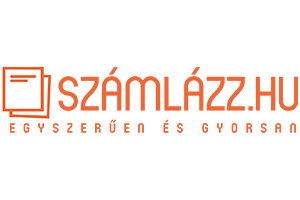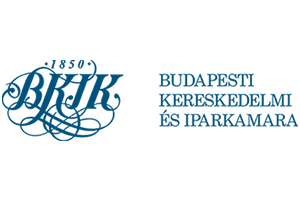
Official Translations Ltd.
Available by phone: Mon-Sun 9-21 (We speak English)
Client reception only by prior telephone appointment!
Request a quote: Translation
here.
here.
E-mail address copied.
Send an email providing the following details:
- Project description: language(s), topic(s), deadline(s), link(s)
- Name / Company name
If the file(s) is/are already available, don't forget to attach it/them.
Basic information
| Firm |  Official Translations Ltd. Official Translations Ltd.
|
| Services | Translation bureau for English-Hungarian, English-German, Hungarian-German, German-Hungarian translations, specialization in law, trade, e-certified documents, reasonable prices, fast delivery |
| Prices | 1.2 to 1.8 Cent / stroke (all characters and spaces) |
| Accepted currencies | Cash: HUF, EUR, USD, GBP, CHF; Bank transfer: all currencies |
| Delivery | by e-mail, by mail or in person in the 19th district of Budapest |
| Web | https://hungarian-translator.hu
Translation, Fordítás | Dolmetscher, Tolmács | Lehrer, Tanár | Teacher, Classes | angol fordító |

|
|
| Address |
 Show on Google Maps Show on Google Maps
Appointments by prior phone arrangement only! |
| Rating | 5 ★★★★★ "I am completely satisfied with the proofreading, not to mention the speed."
Zoltán B., 2013-03-31 |
Some of our clients
 Hungarian Police
Hungarian Police
 National Investigation Office
National Investigation Office
 Hungarian Defence Forces
Hungarian Defence Forces
 Pest County Local Government
Pest County Local Government
 Berlin detective agency 24 GmbH
Berlin detective agency 24 GmbH
Our Partners
 Electronic signature service
Electronic signature service
 Online credit card payment
Online credit card payment
 Cloud billing
Cloud billing
 Our webhost
Our webhost
 Budapest Chamber of Commerce and Industry
Budapest Chamber of Commerce and Industry

